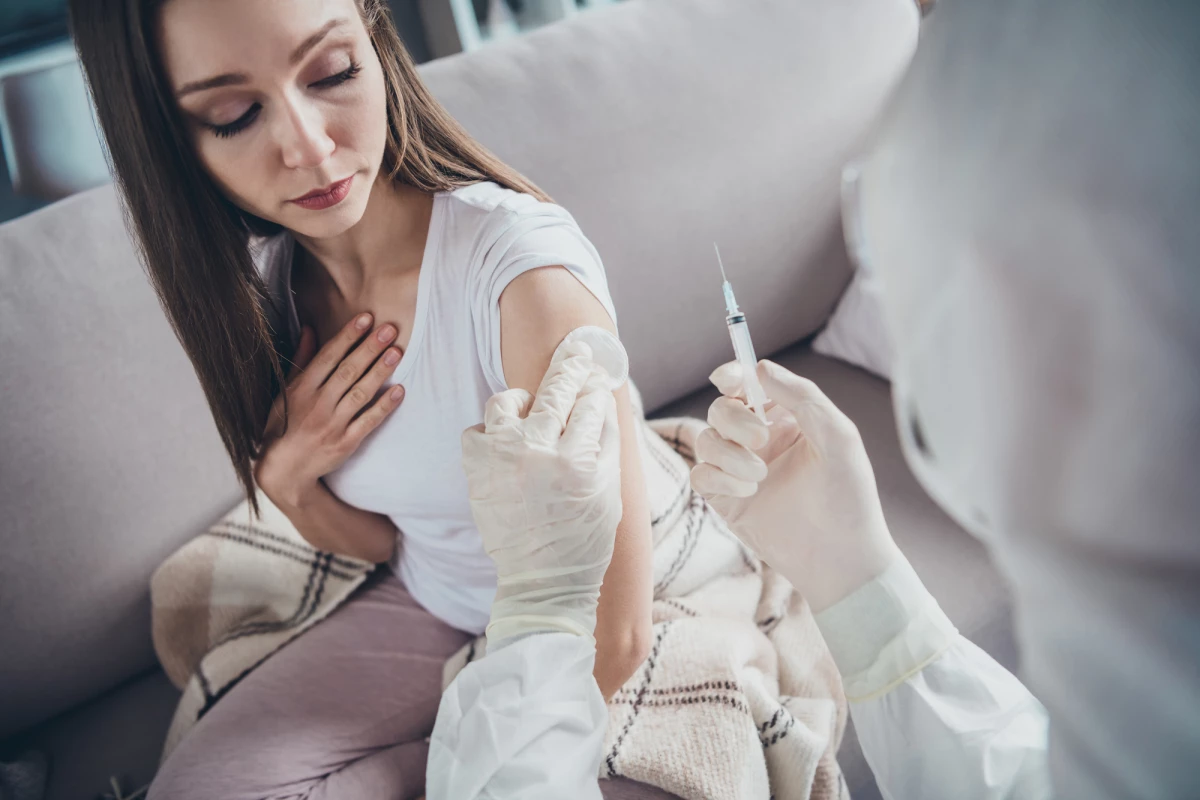Pfizer and BioNTech have announced their large Phase 3 COVID-19 vaccine trial is complete. The trial has reportedly met all its primary endpoints and the vaccine is claimed to be 95 percent effective.
Less than two weeks after releasing an interim data analysis, pharmaceutical companies Pfizer and BioNTech have announced their massive international Phase 3 vaccine trial is complete. This primary endpoint was reached once 170 positive COVID-19 cases had been detected in the large cohort.
As of November 13th, over 41,000 people had completed the two-dose vaccination protocol. Out of the 170 positive COVID-19 cases detected in the trial only eight were observed in the active vaccine group. This equates to a 95 percent efficacy rate.
Full details on the study are yet to be published, however, the latest press release from Pfizer offers a little more data than the company’s previous announcement. Ten COVID-19 cases in the trial were cited as “severe,” but only one of those severe cases was detected in the active vaccine group.
Diversity data is also promising with the company stating efficacy was consistent across all racial groupings. Around 42 percent of the cohort were reported as having “racially and ethnically diverse backgrounds.”
Older age groups also seemed to respond positively to the vaccine. Nearly half of the total Phase 3 cohort were over the age of 56, and vaccine efficacy was still 94 percent in adults over 65 years of age.
“Such high levels of efficacy reported in over 65 year olds surpasses all expectations we had for the first generation of COVID-19 vaccines,” says Charlie Weller, head of vaccines at research charity Wellcome Trust. “This group is amongst those most at risk of serious illness, and alongside healthcare workers must be prioritized to receive the first doses of any vaccines.”
Also promising is the finding the vaccine is well-tolerated, with no serious side effects reported. The worst adverse effects reported so far have been mild headaches (in 2.2 percent of the cohort) and fatigue (in 3.8 percent of the cohort). These side effects resolved swiftly in a day or two following vaccination, and were milder and less frequent in older populations.
Pfizer and BioNTech estimate by the end of 2020 up to 50 million doses will have been manufactured globally. Production will be ramped up in 2021 and 1.3 billion doses can be expected by the end of next year. This, of course, will not be enough for everyone but it is expected several other successful vaccines will also be distributed over the coming year.
The vaccine trial will continue to follow all participants for two more years in order to collect detailed safety data. Long-term efficacy will also continue to be monitored as it is unknown how long the vaccine will offer protection.
An Emergency Use Authorization (EUA) is expected to be submitted to the U.S. Food and Drug Administration (FDA) within days. Approval to commence vaccinating high-risk populations in the United States could begin as soon as late December or early January.
Source: Pfizer




